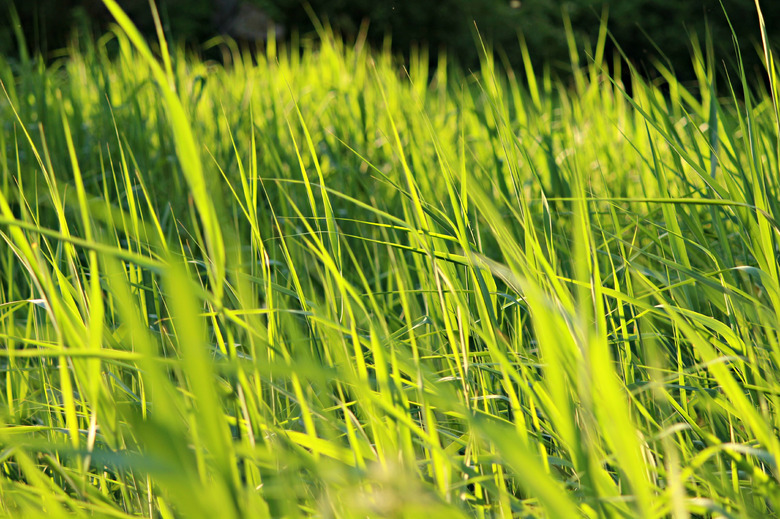How To Stop Grass From Growing
Most people are worried about lawn grass that isn't growing, or grass that is growing greener on the other side of the fence. But if you have grass that is growing where you would rather it didn't grow, that's a problem too. How easy or difficult this issue may be to resolve depends in large part on the size of the unwanted expanse of grass.
Meet the Grass Plant
Meet the Grass Plant
Grass is a plant like any other, and there are a wide variety of species, each with its own specific growing requirements. Some, called warm-season grass, grow best in hot weather and go dormant in the cold. Other types of grass, termed cool-season grass, thrive in the cool of spring and fall and go dormant in high heat.
All grass, however, shares some cultural care requirements. These include well-drained soil, sunlight, nutrients, and water, although the exact amounts required vary among the different species. If you eliminate any of these elements, your grass is likely to die.
Eliminate Grass by Eliminating Sunlight
Eliminate Grass by Eliminating Sunlight
Most grass grows poorly in shade and none can survive without any sunlight. That's because grass, like other plants, can't get the food it needs to grow, reproduce, and survive without it. Plants create their own food source by using energy from sunlight and gases from the air to create the sugar glucose. This process is called photosynthesis.
The easiest and cheapest DIY way to eliminate grass is to cover it to eliminate sunshine. This is called sheet mulching. You can do this by covering the grass at issue with cardboard, then piling mulch on top. Here are the steps involved:
- Mow the grass as short as possible.
- Sheet mulch the area with a single layer of cardboard, using big boxes for the project.
- Lock the cardboard in place by dampening it and overlapping the edges.
- Cover the cardboard with 4 to 6 inches of mulch like wood chips.
Try Other Options
Try Other Options
Are there other options? Of course there are. Lots of grass/weed killers are available in commerce, but the most effective herbicides are chemical, not organic. Many families would prefer not to spread chemicals around their yard where their kids or pets might play. And if it happens to rain after the application of herbicides, your grass may not die, but other plants might.
It's also possible to remove grass with a sod cutter. These are machines that will cut under the grass turf and slice it into strips. If you go this route, you can roll up the strips like carpet and use them somewhere else. Alternatively, just turn the sod upside down and use it for compost.
